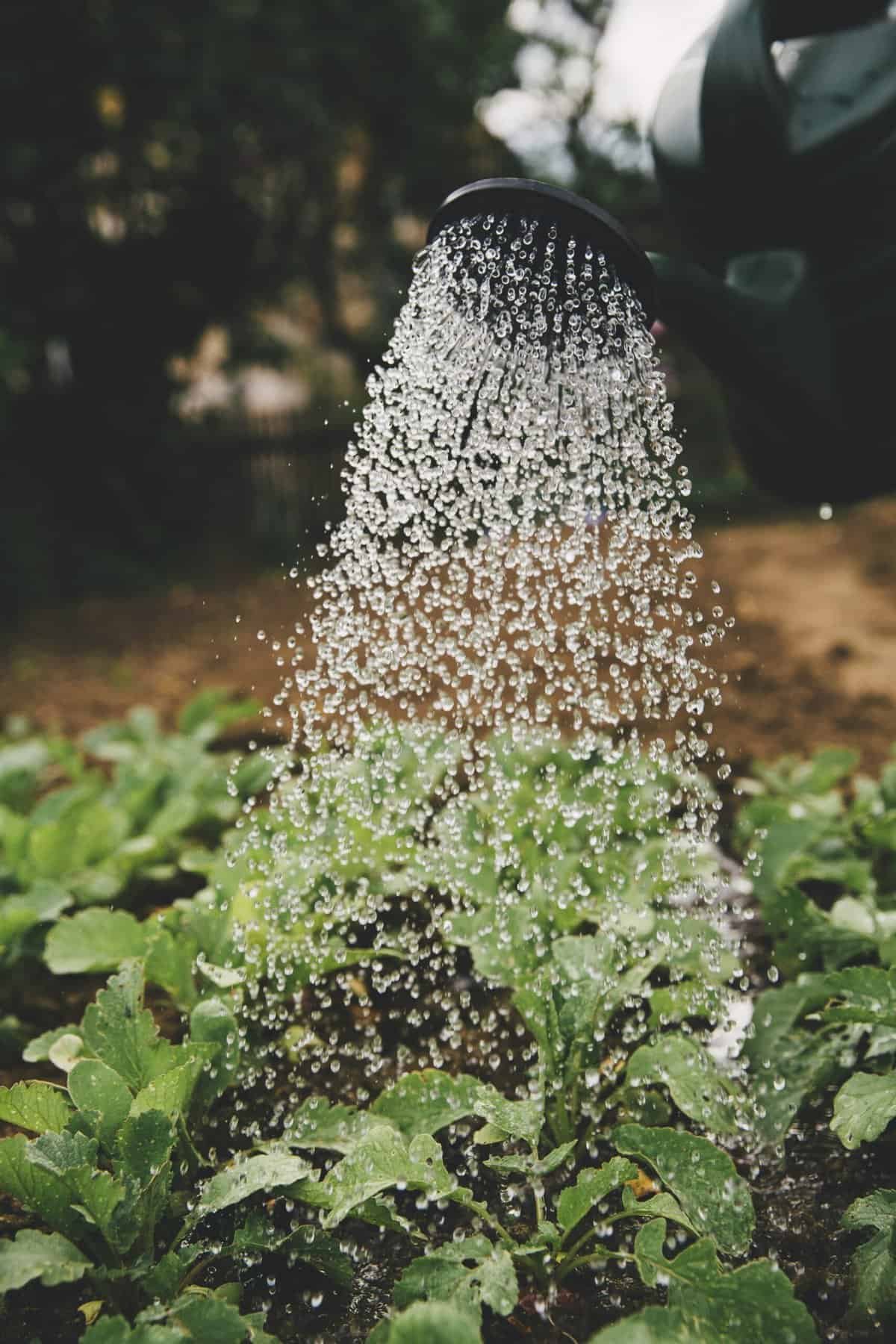How often should you perform maintenance on a residential water well?
That’s a question you probably wish had a straightforward answer. Well maintenance might seem like one of those daunting tasks that you can easily put off, but keeping your well in good condition ensures the health and safety of your water supply. So, how frequently should you actually check and service your well? Let’s dive into the nitty-gritty of well maintenance to provide you with the most comprehensive guide possible.

The Importance of Regular Well Maintenance
Taking care of your residential water well is more than just a good practice; it’s essential for the quality of your drinking water. A properly maintained well ensures safe water, prevents hefty repair bills, and extends the life of your well equipment.
Why Well Maintenance Matters
Imagine turning on your faucet expecting clean water, only to be met with discolored water or a strange odor. While infrequent, such scenarios can occur if your well isn’t regularly maintained. Regular maintenance helps in early detection of potential issues such as:
- Bacterial contamination: Minimizes health risks.
- Efficiency: Keeps your pump and other equipment running smoothly.
- Lifespan: Extends the working life of your well and its components.
Well-maintained wells also protect the aquifer, ensuring it remains a sustainable source of water for you and future generations.
How Often Should You Perform Well Maintenance?
The million-dollar question is how often you should be performing these maintenance tasks. While each well and location can be different, general guidelines can help you keep things on track.
Annual Maintenance
Performing annual maintenance is generally recommended. During this yearly checkup, you should:
- Test Water Quality: Especially for bacteria, nitrates, and pH levels.
- Inspect the Well Cap: To ensure it’s not cracked or broken.
- Examine the Area Around the Well: Ensure it’s clean and free from debris.
| Task | Frequency |
|---|---|
| Water Quality Testing | Annually |
| Well Cap Inspection | Annually |
| Area Examination | Annually |
More Frequent Checks
Some aspects of well maintenance should be done more frequently, such as:
- Monthly Visual Inspections: Check for any visible signs of issues, such as pooling water or changes in the pump’s sound.
- Water Taste and Color: Evaluate whenever you notice a difference.
Long-Term Checks
Every 3-5 years, a more comprehensive inspection by a professional should be performed.
| Task | Frequency |
|---|---|
| Visual Inspections | Monthly |
| Water Taste and Color | When necessary |
| Professional Inspection | Every 3-5 Years |
Step-by-Step Guide to Well Maintenance
So what does well maintenance actually involve? Here’s a detailed, step-by-step guide that breaks down the process.
Step 1: Water Quality Testing
Testing your well water is the cornerstone of well maintenance. Your water should be tested at least once a year for bacteria, nitrates, and pH levels. Additional tests for minerals and contaminants are recommended if the initial tests raise any red flags.
How to Test Your Water:
- Purchase a Water Test Kit: These are available online or at home improvement stores.
- Collect a Water Sample: Follow the instructions carefully to avoid contamination.
- Send to a Lab: Mail the sample to a certified lab for analysis.
- Inspect Results: Look for any signs of contaminants or irregularities.
- Take Action: If any contaminants are present, contact a professional to discuss treatment options.
Step 2: Checking the Well Cap
The well cap is a critical part of your well system as it seals the top of the well, preventing debris and contamination.
How to Check the Well Cap:
- Visual Inspection: Look for cracks or damage.
- Security Check: Ensure the cap is tight and not loose.
- Cleaning: Remove any dirt or debris from the cap and surrounding area.
Step 3: Surrounding Area Examination
The well area needs to be free from any type of contamination source.
How to Examine the Area:
- Clear Debris: Remove any leaves, dirt, or garbage.
- Check for Contaminants: Look for any chemical containers, fuel tanks, or other potential contaminants.
- Maintain Drainage: Ensure the ground slopes away from the well to prevent water pooling around it.
Common Well Maintenance Problems and Solutions
Even with regular maintenance, issues can arise. Recognizing and addressing these common problems can save you time and money in the long run.
Low Water Pressure
One of the most common issues is low water pressure, which can be due to several factors including a failing pump, clogged pipes, or a drop in the water table.
Solutions:
- Check Pressure Tank: Ensure it’s functioning correctly.
- Inspect Pipes: Look for any clogs or leaks.
- Pump Check: Verify if the pump is working properly.
- Professional Help: Consult a well technician for a detailed assessment.
Contaminated Water
If your water tests positive for contaminants, immediate action is required.
Solutions:
- Shock Chlorination: Disinfect your well using chlorine.
- Install Filtration Systems: Use specialized filters to remove contaminants.
- Professional Treatment: Engage a water treatment specialist for severe cases.
Odd Noises from the Pump
Odd noises emanating from the pump could indicate mechanical issues.
Solutions:
- Inspect the Pump: Look for any visible issues.
- Lubricate: Some parts may require lubrication.
- Professional Service: If you’re unsure, always consult a professional.

Seasonal Well Maintenance Tips
Different seasons bring distinct challenges for well maintenance. Here’s a seasonal breakdown to help you navigate through the year.
Spring Tips
- Inspect for Winter Damage: Check for any cracks or damage caused by frozen water.
- Water Testing: Perform your annual water quality test.
Summer Tips
- Monitor Usage: High water usage can strain your system.
- Inspect the Well Cap: Ensure it’s secured tightly to prevent contamination.
Fall Tips
- Clear the Area: Remove fallen leaves and debris.
- Prepare for Winter: Ensure your well is insulated to prevent freezing.
Winter Tips
- Check Insulation: Ensure pipes and the well head are insulated to prevent freezing.
- Monitor Water Usage: Be mindful of any changes in water quality or pressure due to extreme cold.
Hiring a Professional for Well Maintenance
While DIY maintenance is beneficial, hiring a professional for a comprehensive check-up every few years is highly recommended.
What to Expect from a Professional Inspection
A professional well technician will:
- Evaluate Water Quality: Conduct detailed water quality tests.
- Inspect the Equipment: Check the pump, pressure tank, and other components.
- Assess Structural Integrity: Examine the well casing and cap for any issues.
How to Choose a Qualified Technician
- Certifications: Ensure they are certified and experienced.
- References: Ask for and check references.
- Estimates: Get a detailed estimate of costs upfront.

Preventative Measures
Preventative steps can go a long way in maintaining your well. Here are some general tips:
- Regular Inspections: Keep a log of your maintenance activities.
- Water Treatment Systems: Install filters or treatment systems for ongoing water purification.
- Educate Yourself: Stay informed about potential issues and signs of problems.
| Preventative Measure | Benefit |
|---|---|
| Regular Inspections | Early detection of problems |
| Water Treatment Systems | Consistent water quality |
| Education | Better preparedness for issues |
Signs Your Well Needs Immediate Attention
Sometimes, issues can’t wait for your scheduled maintenance. Recognize these signs that your well might need immediate help:
- Sudden Changes in Water Quality: Murky water or strange odors.
- Noise: Loud or unusual sounds from the pump.
- Pressure Drops: Without an obvious reason.
- Higher Energy Bills: Indicating the pump is working harder.
Should you notice any of these red flags, contact a professional without delay.

Maintaining Your Well Documentation
Lastly, keep a detailed record of all maintenance activities. This can help you track the well’s performance and is invaluable for professionals when diagnosing issues.
What to Include in Your Log
- Dates: Of maintenance activities.
- Tests Performed: And their results.
- Repairs Made: Detail what was fixed or replaced.
- Professional Visits: Record the visits and any major findings.
Maintaining your residential water well might require a bit of effort, but the benefits far outweigh the inconvenience. Regular upkeep not only ensures safe and clean water for your household but also extends the life of your well system. Follow these guidelines closely to keep your well in top-notch condition, and don’t hesitate to reach out to a professional when needed. Your well-being—and that of your family—depends on it.
